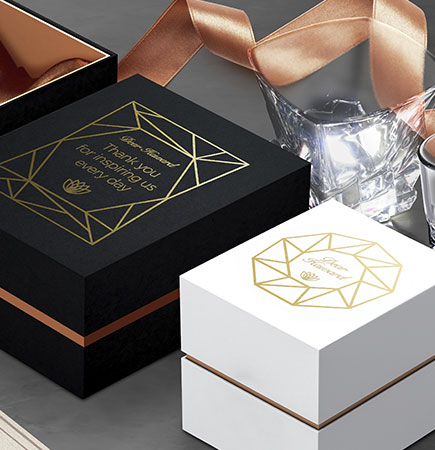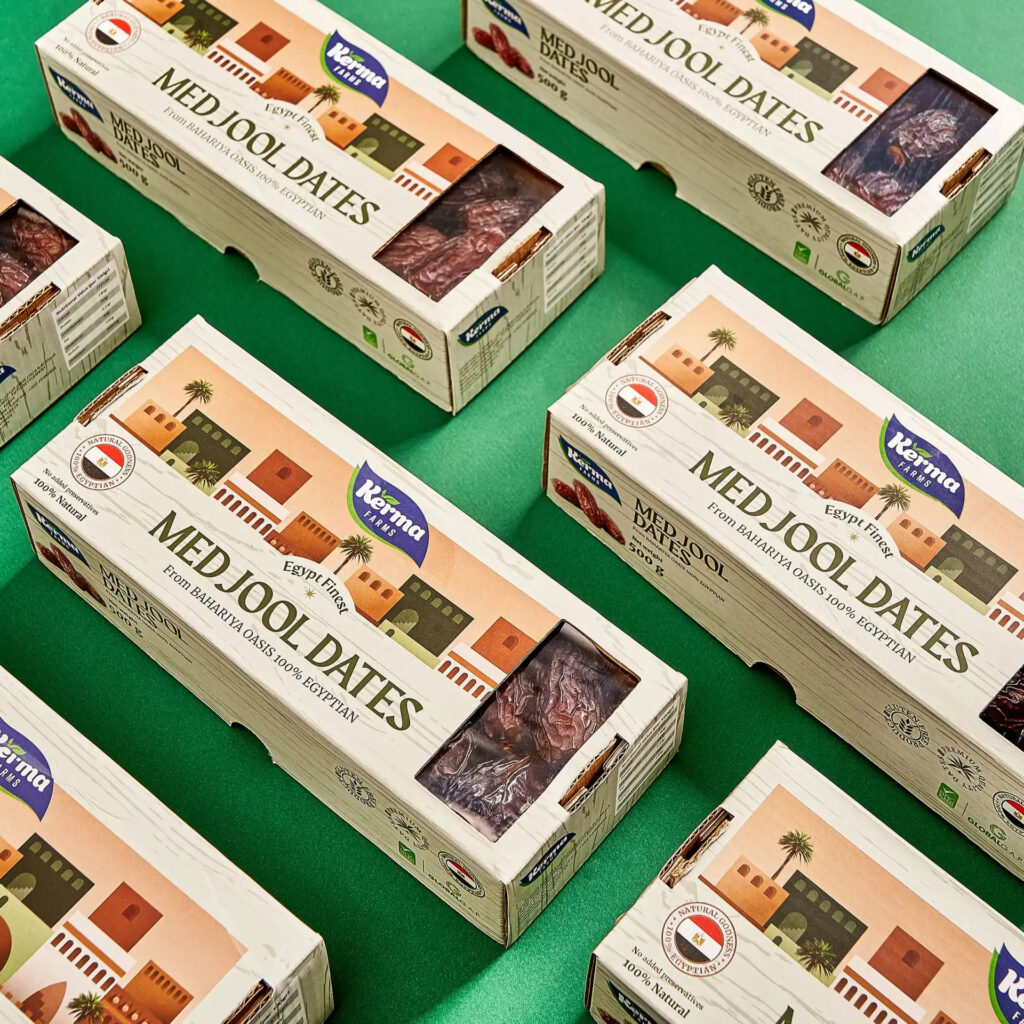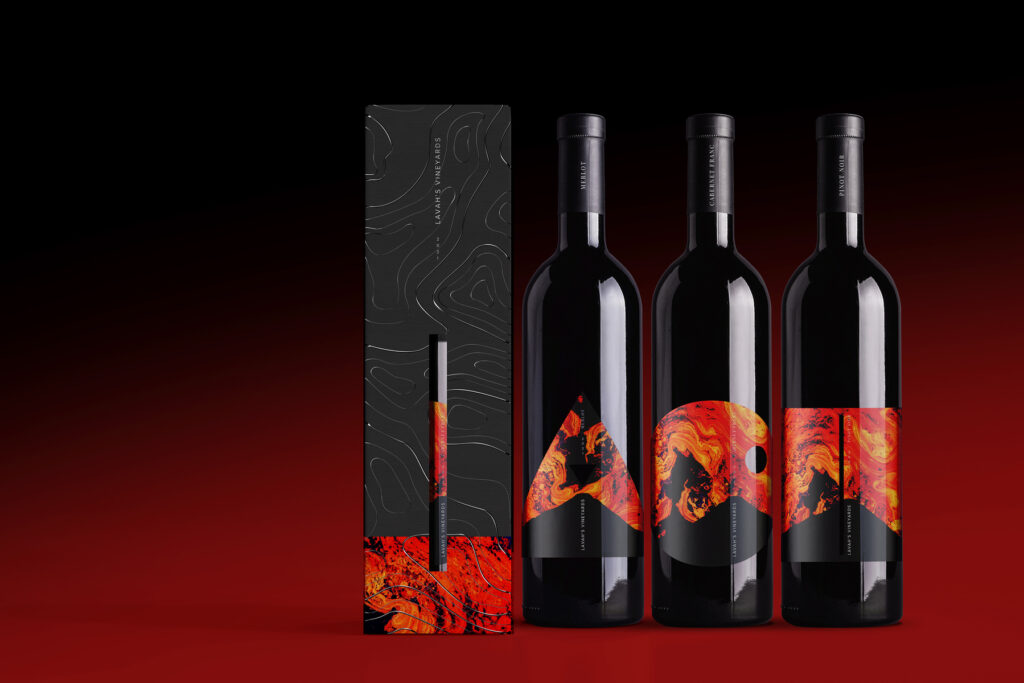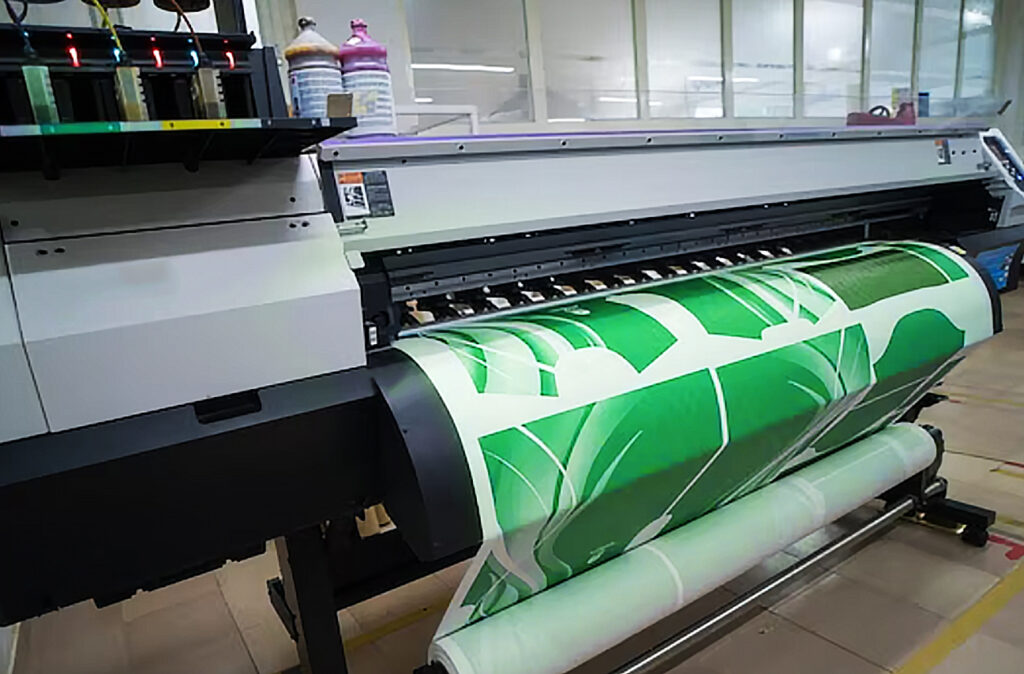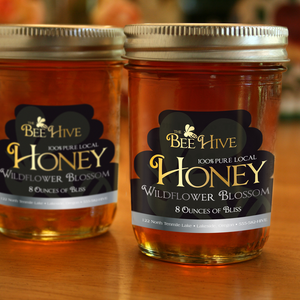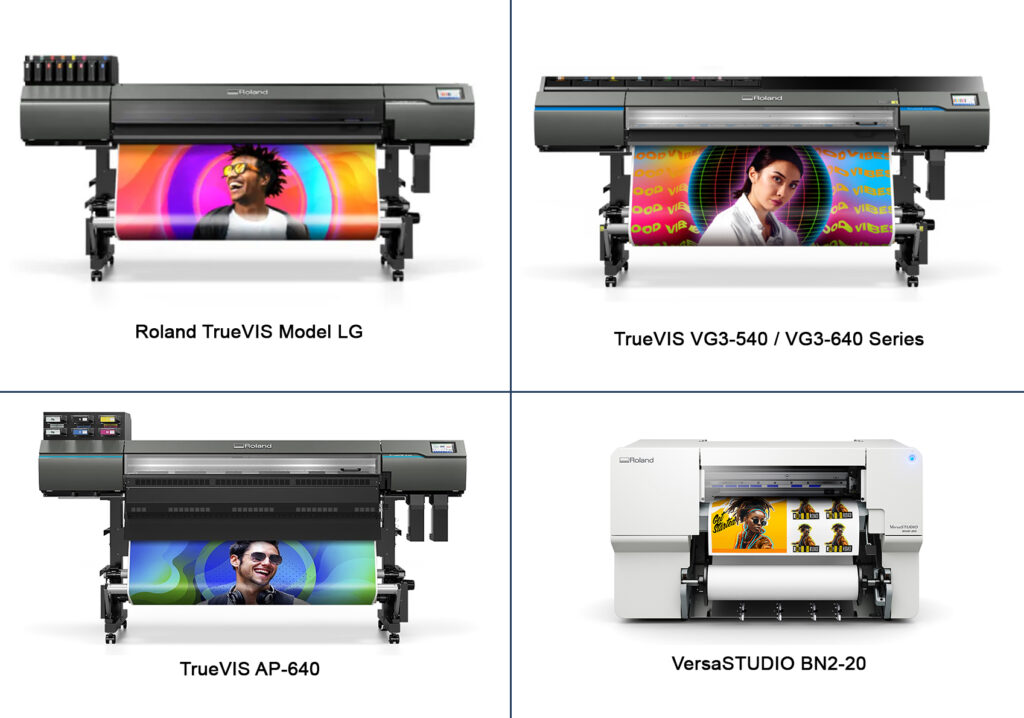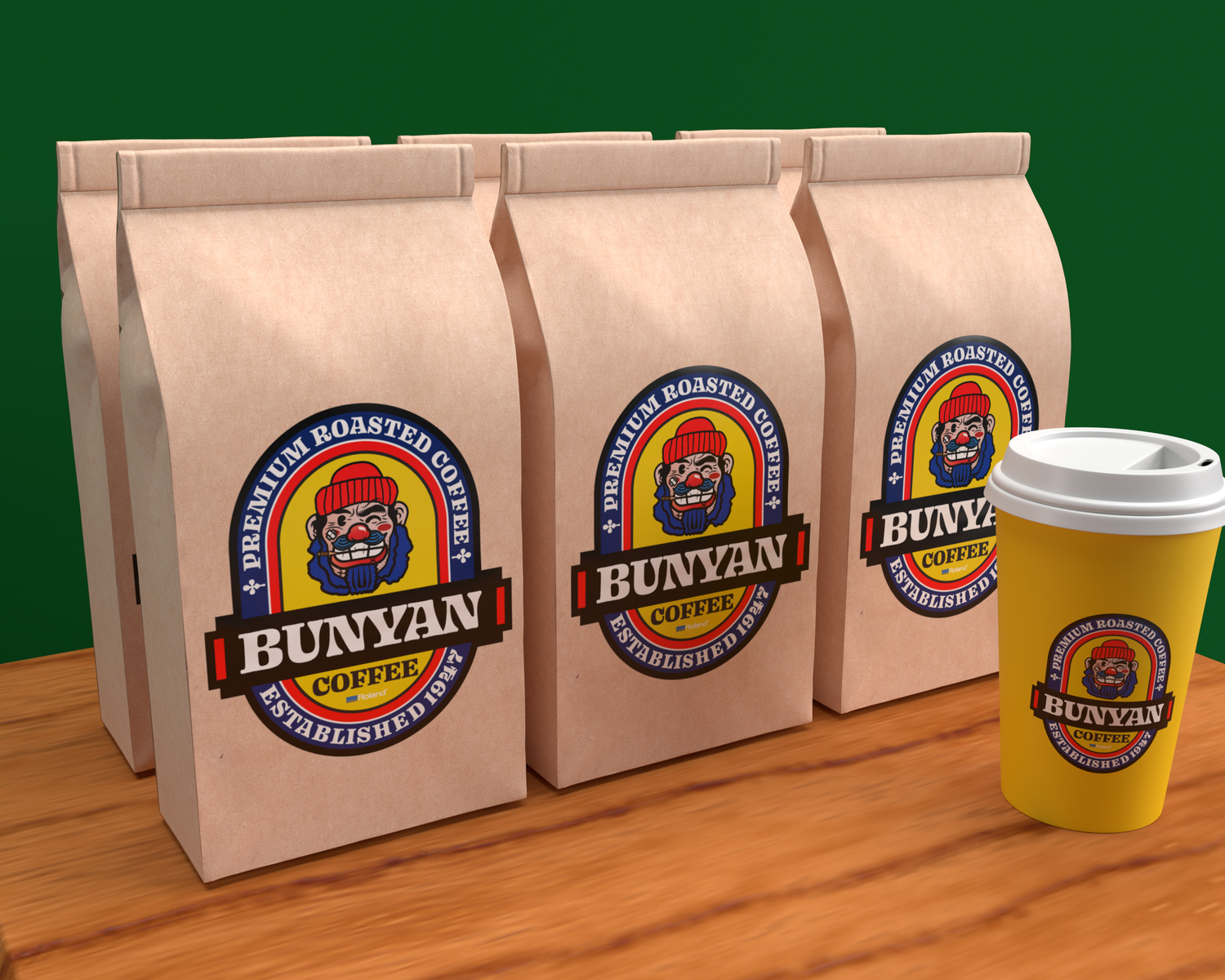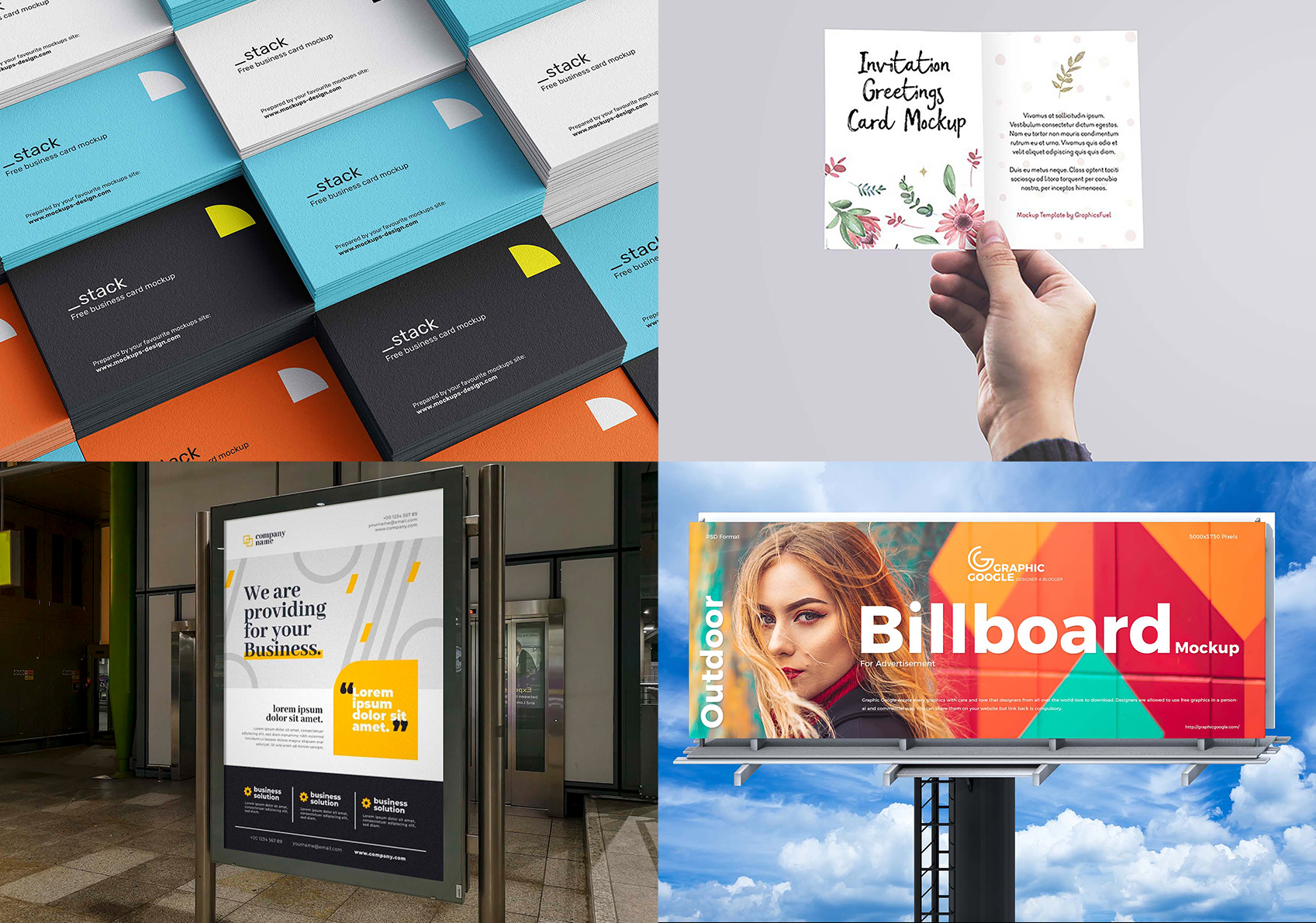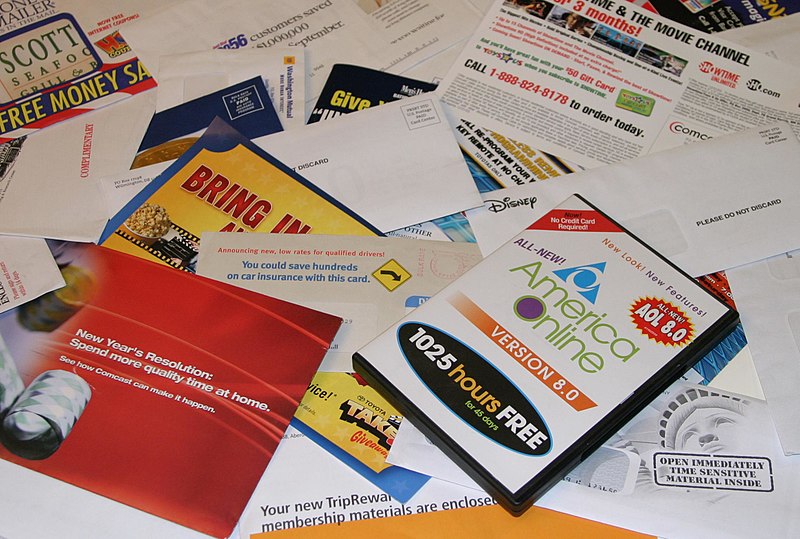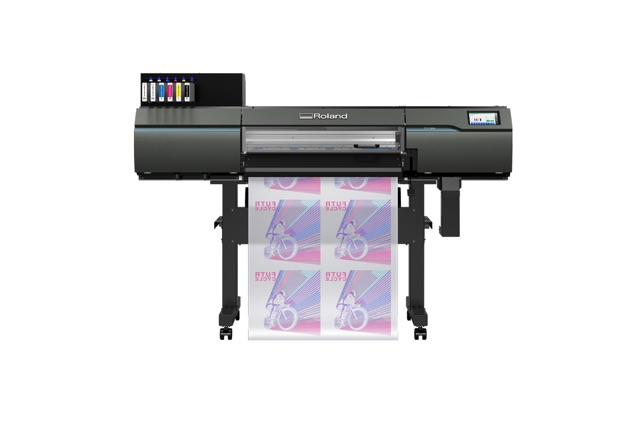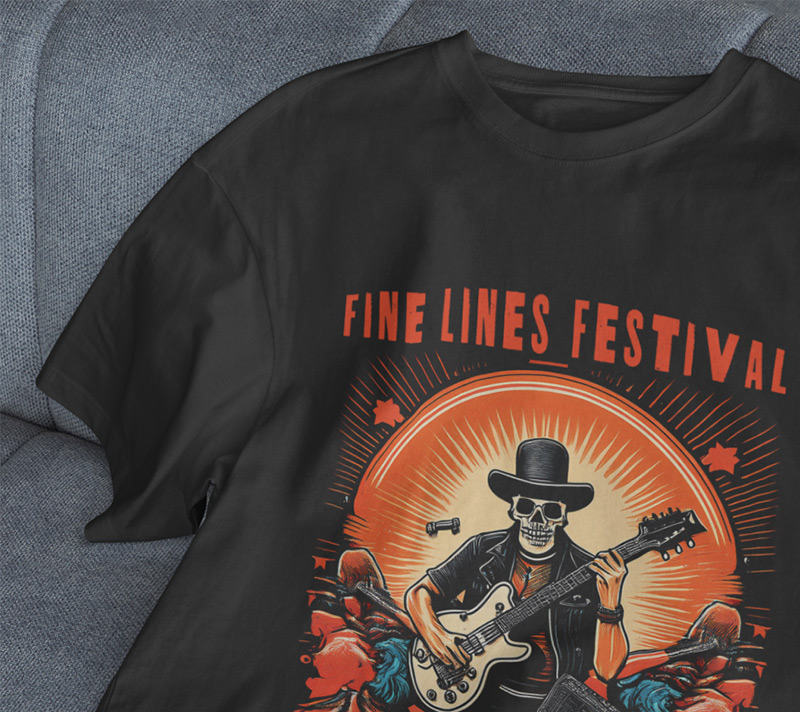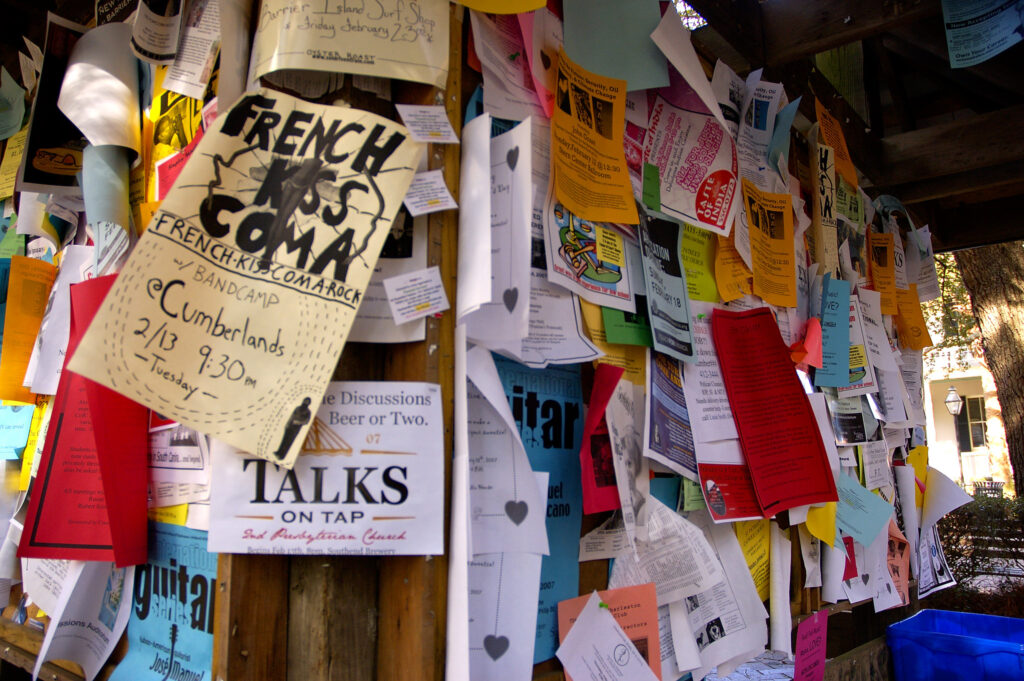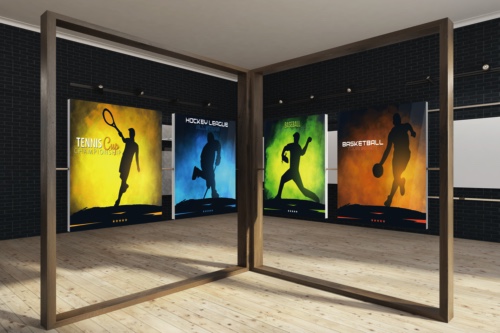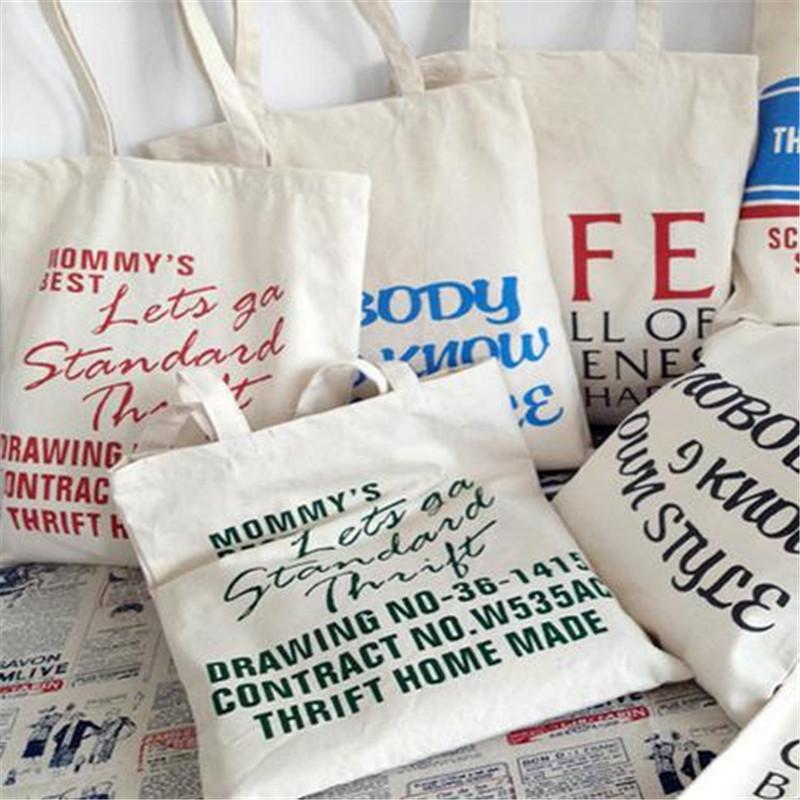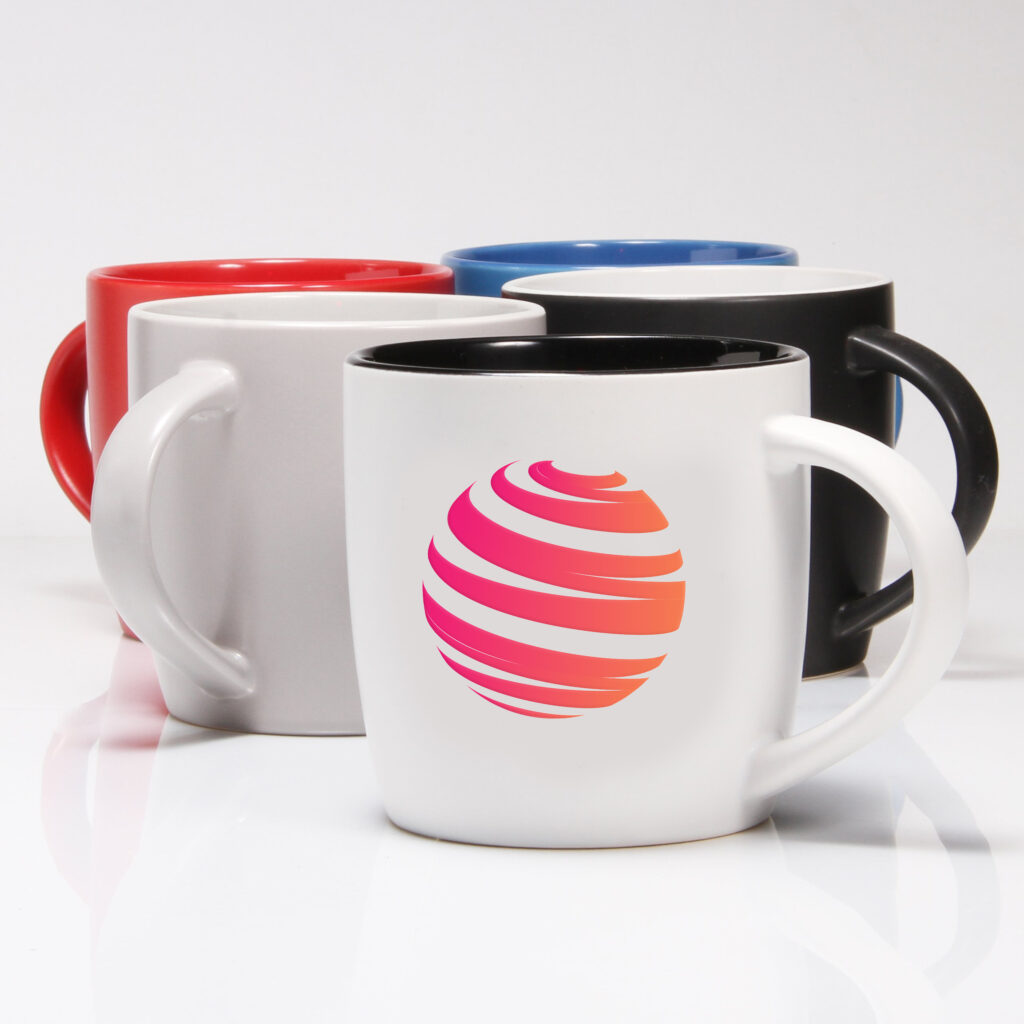Category: Guide
Premium Labels for Premium Products
In the competitive world of product marketing, first impressions matter. A product’s label is often the first thing a customer notices, which plays a crucial role in influencing purchasing decisions. For high-end products, premium labels convey quality, exclusivity, and brand identity. Whether for luxury cosmetics, gourmet foods, fine wines, or high-end fashion, premium labels enhance a product’s perceived value and set it apart from competitors. This article explores the importance of premium labels, the key elements that make a label stand out, and how businesses can leverage high-quality label printing to elevate their brand.
Why Premium Labels Matter
Premium labels do more than just provide product information—they communicate a brand’s story, values, and positioning. A well-designed label can evoke emotions, build trust, and create a sense of exclusivity. Here’s why investing in premium labels is crucial for high-end products:
- Brand Differentiation: In industries where multiple brands offer similar products, a premium label helps distinguish a product from competitors. A sophisticated, high-quality private label signals that the product is superior.
- Enhanced Perceived Value: Luxury products must look and feel luxurious. A premium label with high-end materials and finishes adds to the overall product experience, making it more appealing to customers.
- Customer Loyalty: Consumers are more likely to repurchase products that feel exclusive and well-crafted. A premium label reinforces the perception of quality and reliability, fostering brand loyalty.
- Shelf Appeal and Marketing Impact: A visually stunning label attracts attention on store shelves or online marketplaces. It serves as a silent salesman, drawing customers in and persuading them to choose the product.
Key Elements of a Premium Label
Creating a premium label requires careful attention to design, material selection, and printing techniques. The following elements contribute to a high-end, visually appealing label:
1. High-Quality Materials
The material of a label plays a significant role in its overall appeal. Premium labels are often printed on:
- Textured paper: Adds a tactile element that enhances the perception of luxury.
- Metallic or foil materials: Reflects light and gives a high-end aesthetic.
- Transparent or clear films: Offers a sleek and modern look, often used in cosmetics and beverages.
- Soft-touch finishes: Provides a velvety feel, commonly used in luxury packaging.
2. Elegant Typography
Typography conveys the brand’s personality and should be chosen carefully. For premium labels:
- Serif fonts exude tradition and sophistication.
- Script fonts add a touch of elegance and exclusivity.
- Minimalist sans-serif fonts can create a modern and high-end aesthetic.
- Custom lettering or embossed text enhances uniqueness.
3. Unique Finishing Techniques
Premium labels often include several finishing techniques that add depth and sophistication, such as:
- Foil Stamping: Adds a metallic shimmer for a luxurious effect.
- Embossing/Debossing: Creates raised or recessed text and graphics for a tactile experience.
- UV Spot Coating: Highlights specific design elements with a glossy or matte finish.
- Edge Foiling: Applies metallic edges for an elegant touch.
4. Custom Shapes and Die-Cuts
Instead of standard rectangular or circular labels, custom die-cut shapes enhance uniqueness. Unique label shapes are especially effective in premium packaging, making products more memorable and visually distinct.
5. Sustainable and Eco-Friendly Features
Luxury and sustainability now go hand in hand. Many premium brands opt for eco-friendly label materials, including:
- Recycled or biodegradable paper.
- Soy-based or water-based inks.
- FSC-certified materials that promote responsible sourcing.
Industries That Benefit from Premium Labels
Several industries rely on premium labels to enhance their products’ appeal and communicate exclusivity:
1. Wine, Spirits, and Craft Beverages
High-end wines, whiskeys, and craft beers use premium labels to convey authenticity and heritage. Textured paper, gold foil, and embossed lettering enhance the luxurious feel.
2. Cosmetics and Skincare
Luxury beauty brands invest in sleek, sophisticated labels with minimalist designs, soft-touch finishes, and metallic elements to create an upscale appearance.
3. Gourmet Food and Specialty Products
Artisan chocolates, truffle-infused oils, and organic teas use premium labels to highlight their high-quality ingredients and craftsmanship. Elegant packaging builds trust with discerning customers.
4. Perfumes and Fragrances
Fragrances often come in elaborately designed bottles with labels that reflect the exclusivity of the scent. Clear labels, gold foil, and embossed details enhance the visual appeal.
5. Fashion and Luxury Accessories
Premium labels on clothing, accessories, and packaging reinforce a high-end image. Leather tags, woven labels, and metallic-foil branding add a touch of sophistication.
How High-Quality Printing Enhances Premium Labels
To achieve the best results, businesses must work with advanced printing technologies that can bring their label designs to life. Some of the most effective printing methods for premium labels include:
1. Digital Printing
- Offers high-resolution, full-colour printing with intricate details.
- Ideal for short runs and customized designs.
- Allows for variable data printing, perfect for limited-edition products.
2. Offset Printing
- Produces sharp, vibrant images with exceptional colour accuracy.
- Best for large-scale production of high-end labels.
3. Flexographic Printing
- Uses flexible plates to print on a variety of materials, including metallic foils.
- Great for producing premium labels in bulk.
4. UV and Screen Printing
Adds glossy, matte, or textured effects for a luxurious finish.
Enhances the tactile experience of the label.
5. Hot Foil Stamping and Embossing
Creates raised or metallic elements that catch the light.
Ideal for creating high-end packaging with a luxury feel.
Choosing the Right Printing Partner
Working with an experienced label printer ensures that businesses achieve the highest quality results. When selecting a printing partner, consider:
- Their expertise in premium label printing.
- The range of materials and finishing options they offer.
- Their commitment to sustainable and eco-friendly printing solutions.
- Their ability to provide samples and proofs before large production runs.
Premium labels are a crucial component of luxury branding, helping products stand out in a competitive market. From high-end wine bottles to exclusive skincare lines, a well-designed label enhances the perceived value of a product and attracts discerning customers. By using high-quality materials, elegant typography, advanced printing techniques, and sustainable practices, businesses can create premium labels that reflect the excellence of their products. Investing in premium labels is not just about aesthetics—it’s about crafting an experience that resonates with customers and builds long-term brand loyalty.
Are you in the process of starting or expanding your large format printing business and in need of expert guidance on purchasing the right printing machine? Look no further! Our team of industry experts is here to provide you with valuable insights and expert opinions to help you make the best decision for your business. Contact us today for a personalized consultation and let us help you make the right investment for your business’s growth and prosperity.

